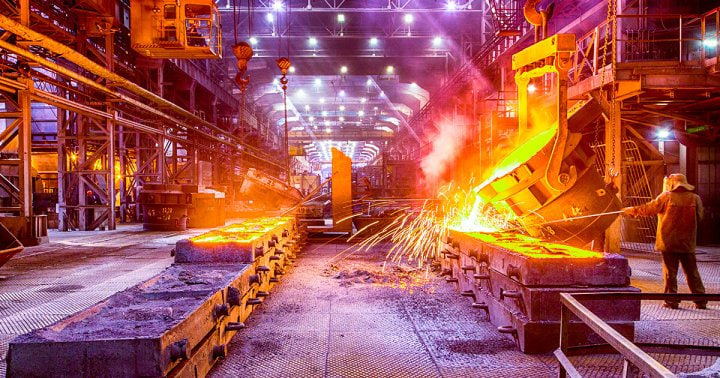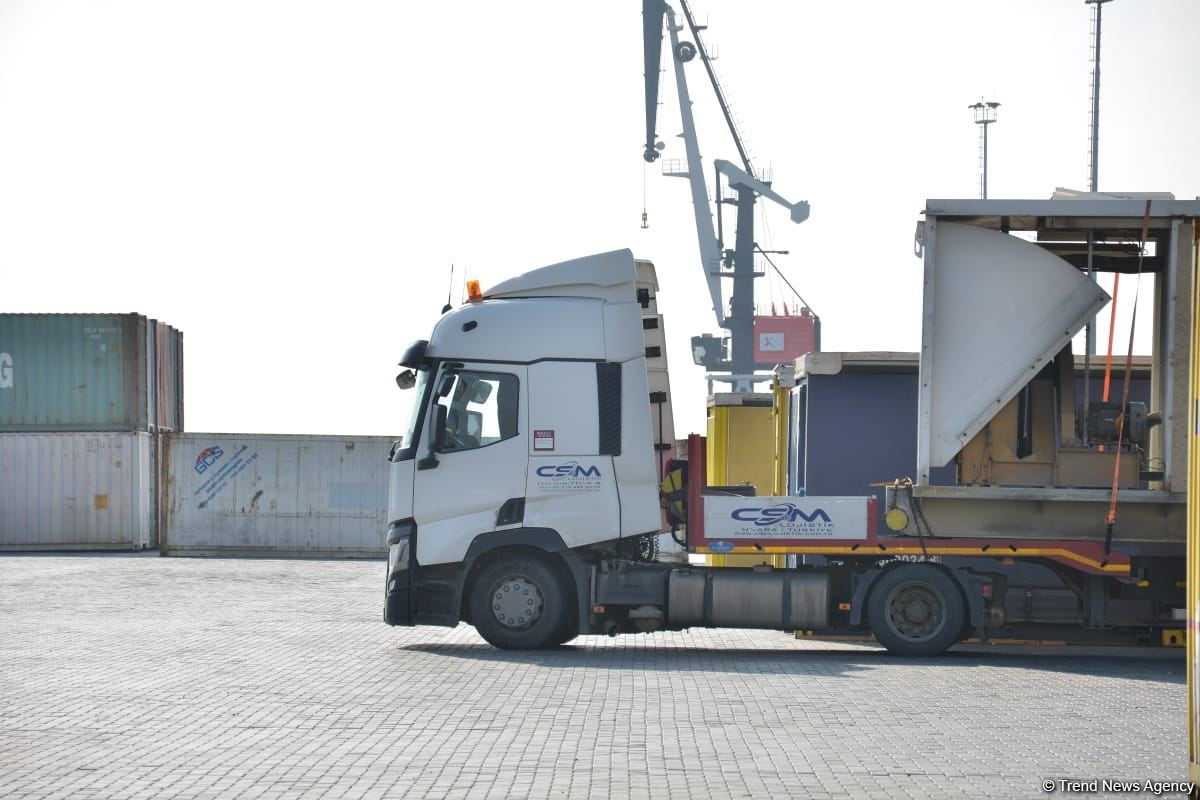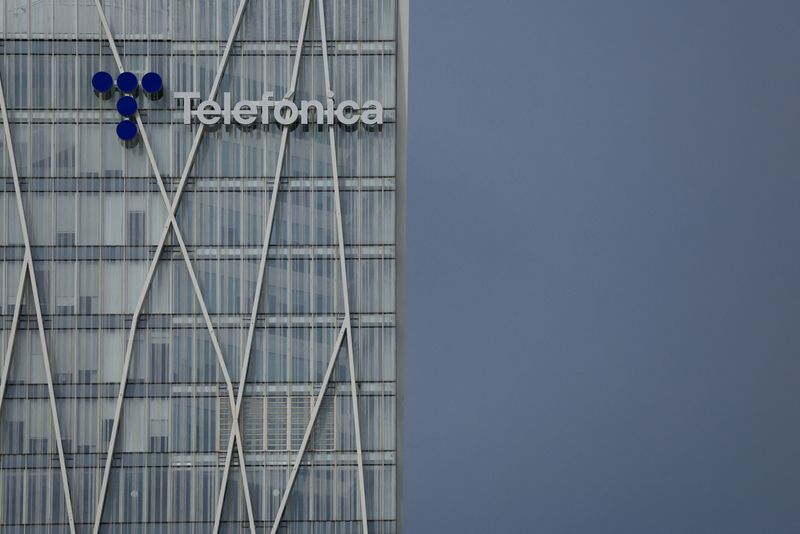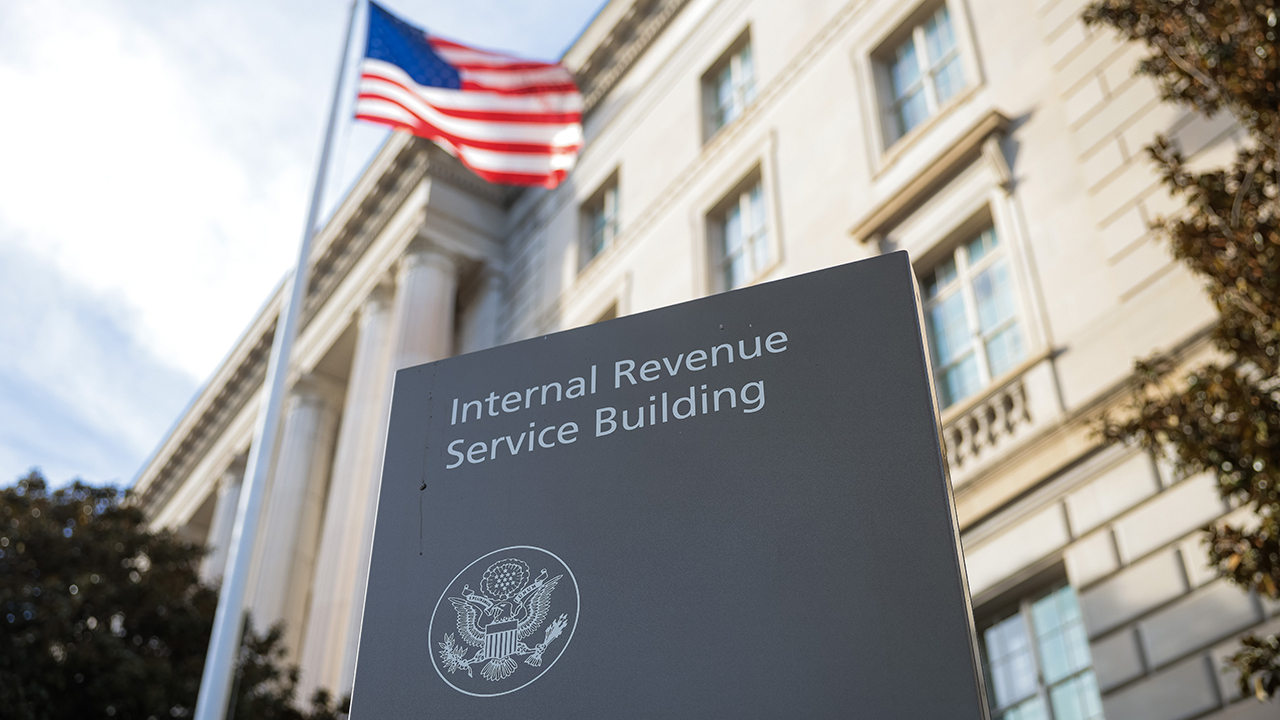The European AI revolution: Trends shaping 2025 and beyond
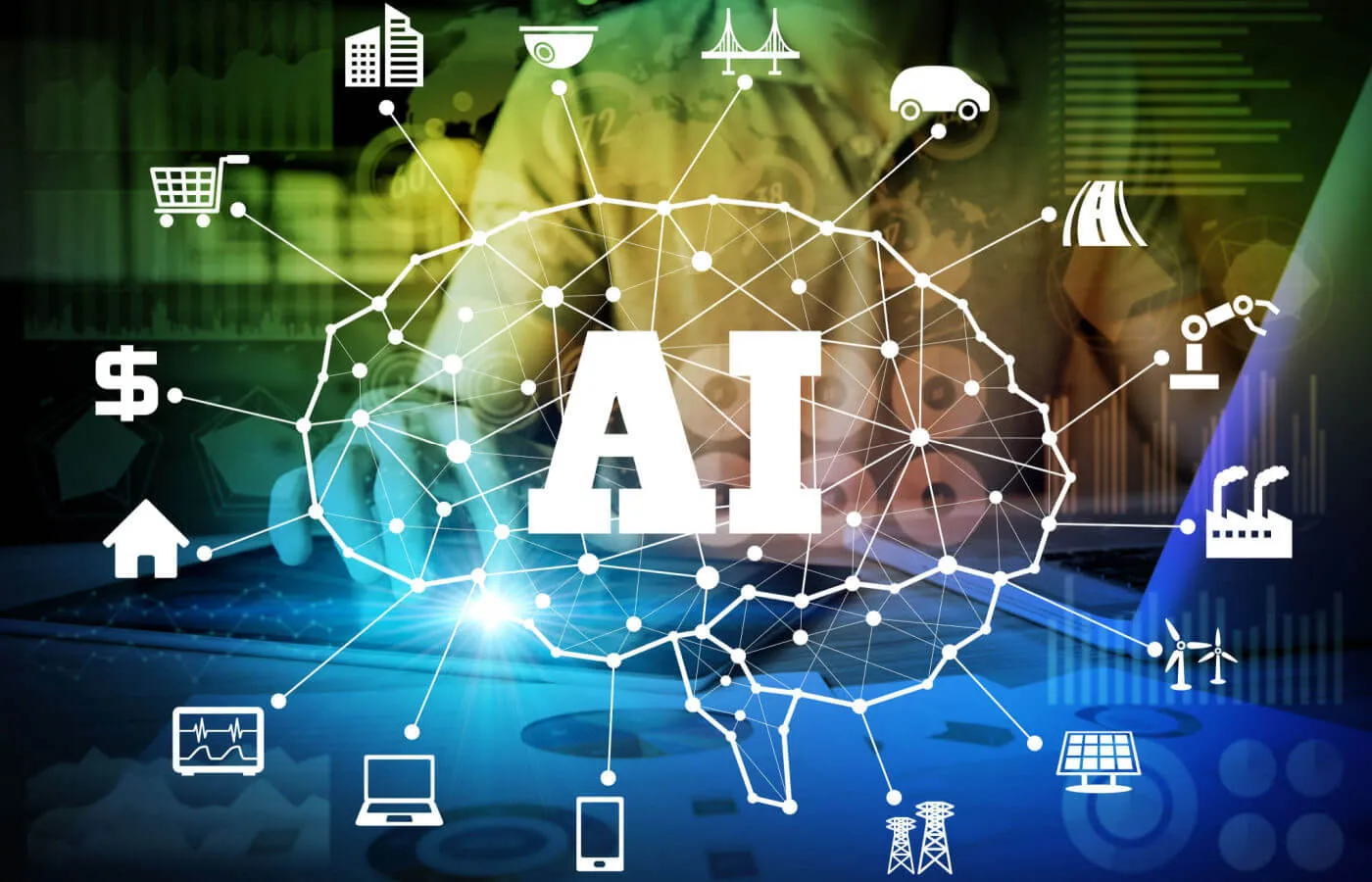
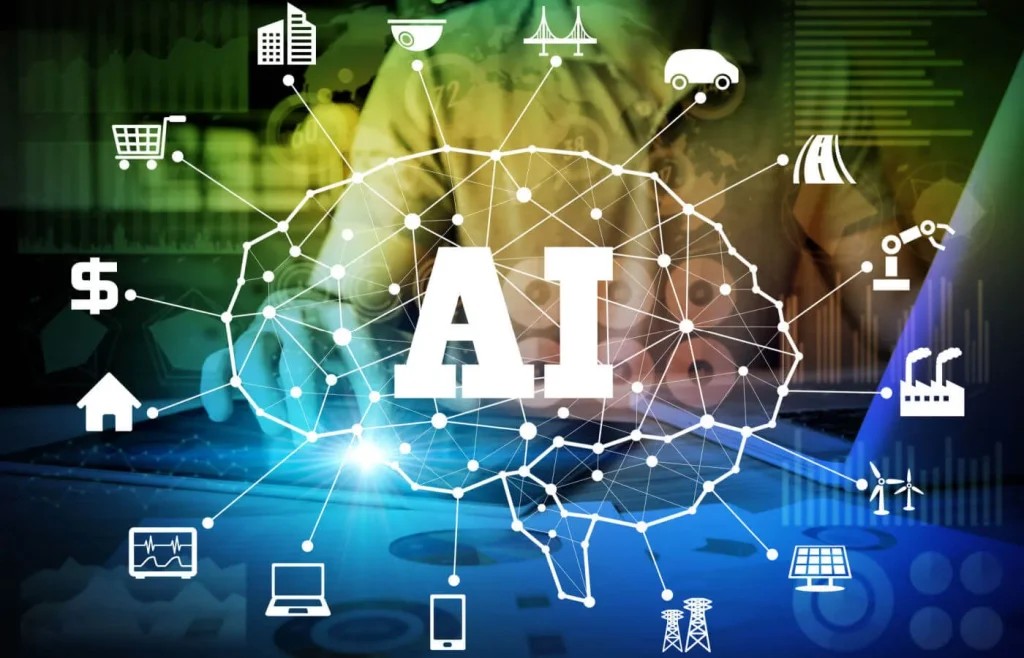
 Roman Chernin,(pictured) Co-founder, Nebius AI adoption across Europe is accelerating at a remarkable pace. As of early 2025, 13.5% of EU enterprises are now leveraging AI in their operations, marking a 5.5 percentage point rise since 2023. This shift signals more than just growth; it marks a turning point. We are entering a new era where AI implementation moves from experimental to essential, with reasoning models showing enhanced critical thinking capabilities and increasingly autonomous agentic systems.
Roman Chernin,(pictured) Co-founder, Nebius AI adoption across Europe is accelerating at a remarkable pace. As of early 2025, 13.5% of EU enterprises are now leveraging AI in their operations, marking a 5.5 percentage point rise since 2023. This shift signals more than just growth; it marks a turning point. We are entering a new era where AI implementation moves from experimental to essential, with reasoning models showing enhanced critical thinking capabilities and increasingly autonomous agentic systems.
Tackling the high costs of GPU compute remains a critical challenge for long-term sustainability. Organisations are increasingly focused on implementing energy-efficient solutions that not only optimise performance but significantly reduce utility expenses. As demand for compute intensifies, the AI infrastructure landscape calls for innovative approaches to managing increasingly complex workloads.
With growing emphasis on technological specialisation and evolving regulatory frameworks, 2025 is shaping up to be a pivotal year for AI development in Europe. The industry is reimagining what innovation and accessibility look like, paving the way for breakthrough applications that will impact businesses across multiple sectors.
AI personalisation for businesses
The future of AI in enterprises lies in personalisation. No longer will a generic approach suffice – businesses are moving towards custom-built AI systems that harness proprietary data for targeted, industry-specific intelligence. This shift is driving the transition from small-scale, experimental AI to fully integrated, high-impact solutions that deliver measurable efficiency gains.
To support these bespoke systems, the demand for powerful GPUs and high-performance computing (HPC) clusters will rise significantly. Meeting this demand requires not only cutting-edge hardware but also the development of more efficient data centres that can handle these increasingly complex AI models without compromising on performance or sustainability.
Bridging the compute divide
While major enterprises and large AI research labs often secure the lion’s share of the latest high-performance computing resources, smaller players such as startups, independent researchers, and universities still face steep barriers to access. This growing divide is creating an opportunity for specialised providers to fill the gap. Companies like Nebius are addressing this challenge by offering flexible, affordable access ranging from on-demand GPU rentals to dedicated, high-performance clusters. By making AI infrastructure more accessible, this enables innovation breakthroughs to emerge from all corners of the research and development ecosystem.
Sustainability as a growing priority for Europe
AI’s rapid advancement comes with a hidden cost: soaring energy demands. As models become more sophisticated, they require vast computational power, putting pressure on energy grids and raising concerns about long-term sustainability.
To tackle this challenge, businesses are turning to renewable energy sources, deploying advanced cooling techniques, and refining model architectures to improve efficiency.
With energy consumption now a critical factor in both cost and compliance, 2025 is set to drive innovation in low-power chips, eco-friendly data centres, and AI models designed to do more with less. In Europe’s AI future, sustainability isn’t just an ambition – it’s a necessity.
The EU AI Act
The EU AI Act is set to become a defining piece of legislation for the AI landscape in 2025, introducing a tiered, risk-based framework for how AI systems are regulated across the bloc. Companies will be required to comply with stricter obligations depending on the risk classification of their systems – ranging from transparency requirements for generative AI models to rigorous testing, documentation, and human oversight for high-risk applications.
This means organisations operating in sectors like healthcare, finance and critical infrastructure must invest in governance frameworks, explainability tools and robust audit trails.
The shift to autonomy
The next wave of AI is shifting from assistance to action. Autonomous agents are emerging, capable of handling complex, multi-step tasks with minimal human input. Entire workflows and business operations will be automated, moving beyond prompt engineering and model tuning.
Fuelling this evolution are specialised AI chips, designed to outperform general-purpose hardware with faster, more efficient, and cost-effective performance. As a result, advanced AI will become more scalable and accessible, not just for enterprises, but for businesses of all sizes and their customers.
The rise of data ownership
With AI permeating every sector, the legal landscape is set for transformation. Stricter regulations will emerge surrounding data ownership, licensing, and privacy. These rules will focus on ensuring greater transparency and accountability in how data is accessed and used, with clear guidelines outlining who controls it and how it should be managed across different parties. As legal scrutiny intensifies, businesses will need to navigate a more complex regulatory environment, driving innovation in compliance and ethical data handling.
Open-source video models as a creative revolution
The democratisation of advanced video creation is on the horizon, driven by open-source video generation tools. By making high-quality video production accessible to all, these tools will put powerful capabilities in the hands of creators, startups, and storytellers around the world. Over the next few years, we’ll witness significant breakthroughs in real-time, interactive, and personalised video generation. This shift will redefine marketing, offering brands entirely new ways to engage with audiences.
A year of accelerated AI
This year, AI’s evolution is rapidly accelerating, driven by enterprise innovation and evolving regulatory landscapes. Compute access is expanding, AI autonomy is surging, and open-source video generation is unlocking new creative frontiers. Specialised hardware is streamlining large-scale AI adoption. Organisations that strategically adapt to these shifts – investing in tailored AI solutions, sustainable infrastructure, and regulatory compliance – will lead the next wave of technological advancement.
This convergence of forces marks 2025 as a pivotal year, shaping the future of AI. Given these developments, what practical steps will your organisation take to integrate and leverage AI effectively in the coming years?
The post The European AI revolution: Trends shaping 2025 and beyond appeared first on European Business & Finance Magazine.


